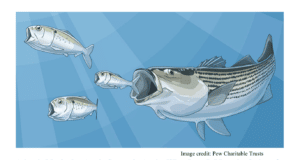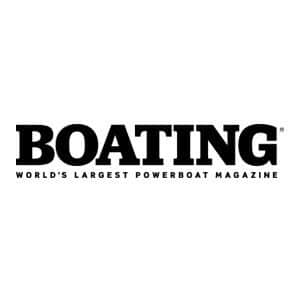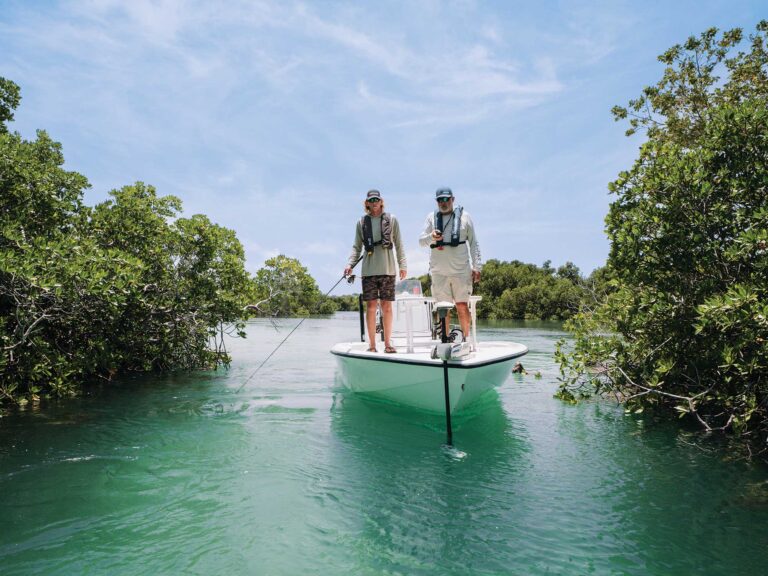Traditional Reporting Systems Still in Effect
Boaters continue to have a direct line to NOAA for reporting chart errors. The fastest way to notify Coast Survey of dangers to navigation is to submit a chart discrepancy through the Nautical Discrepancy Reporting System. The system asks boaters to identify which chart they are reporting, the time of observation, and the position of the discrepancy.
Click Here to Help NOAA’s Coast Survey Update Nautical Charts
The Office of Coast Survey announced today that future editions of nautical charts of the Intracoastal Waterway will be updated to include an improved “magenta line” that has historically aided navigation down the East Coast and around the Gulf Coast. Additionally, Coast Survey will change the magenta line’s function, from the perceived “recommended route” established more than a hundred years ago, to an advisory directional guide that helps prevent boaters from going astray in the maze of channels that comprise the route.
The decision comes on the heels of a year’s investigation into problems with the magenta line. In early 2013, after receiving reports of groundings by boaters who followed the line into shoals, Coast Survey started to remove the magenta line from Intracoastal Waterway nautical charts.
“We cannot deliberately include chart features that we know may pose a danger to navigation,” explained Rear Admiral Gerd Glang, director of Coast Survey. “The problems of the magenta line’s misplacement, which had been developing over the past seven decades, were aggravated when some boaters assumed that the line indicated a precise route through safe water – although it actually went over land, shoals, or obstructions.”
The U.S. Coast and Geodetic Survey, a NOAA predecessor agency, first installed the line on nautical charts in 1912, when the advent of motor boating produced a demand for charts of the inland waters and shallower waters along the East Coast. The magenta line on Intracoastal Waterway charts received major updates in 1935, thanks to an influx of funding from the Great Depression’s Public Works Administration. Charts rarely recorded updates of the magenta line in the ensuing 70 years
Coast Survey also has a long-standing “cooperative charting” agreement with the U.S. Power Squadrons, which was renewed in 2013. Under the program, USPS volunteers look for changing conditions on nautical charts and submit their reports directly to Coast Survey. Over the last ten years, volunteers have submitted over 28,000 corrections to NOAA’s nautical charts and the U.S. Coast Pilot. More than 4,000 USPS members submitted reports, adding their particular local knowledge to NOAA’s national effort to keep navigation materials accurate.









